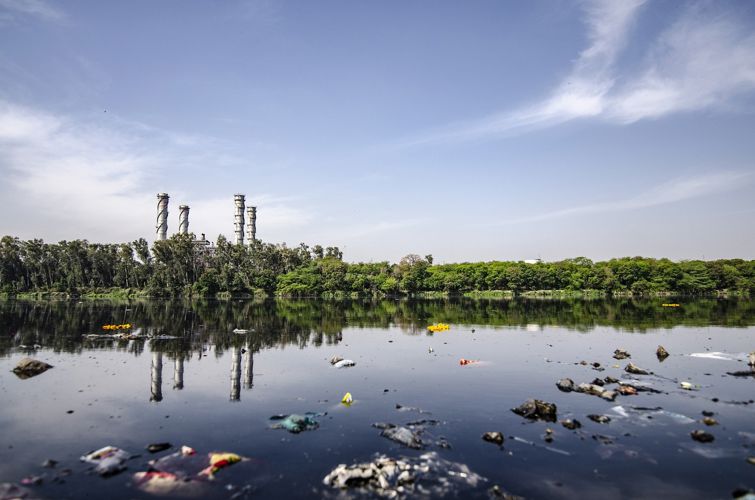Learning resources: Wales climate change emergency - There is no Planet B!
Are you looking to engage your learners in understanding...

From natural processes to human intervention, there are many activities that affect water quality in both a positive and negative way in Wales. Here you will find resources to explain how pollution incidents happen and their impacts and effects on the natural environment and people.
Pollution can cause wide-ranging damaging effects for Wales’ natural environment. Whilst pollution incidents can be relatively minor individually, collectively they can have a significant impact on the natural environment and people.
All the activities and games on this page will help you enable your learners to progress in the ways described in the four purposes of the Curriculum for Wales. Curriculum links are included in the documents and all the activities will help you deliver many aspects of the cross curricular Literacy and Numeracy Framework (LNF) and Digital Competence Framework (DCF).
Poor-quality drinking and bathing water can pose risks to human health and ecosystems. This information note explains what water quality is and how it is managed and regulated.
Information note - Water quality
If not managed correctly, everything from raw sewage to agricultural waste can end up polluting our watercourses and have a negative effect on wildlife and water quality.
Find out which is the worst pollutant and make your own fake samples with our activity plan and resource cards.
Activity plan - Problem pollutants
Resource cards - Problem pollutants
Don’t know your brewer’s effluent from your silage effluent? We’ve devised a game to help you get active and get to grips with the vocabulary.
Activity plan - Problem pollutants glossary game
Resource cards - Problem pollutants glossary game
Dissolved oxygen is a measure of the amount of oxygen that is dissolved in water. This information note explores why it’s important, how it gets into water and investigates what factors, including pollution, can influence levels of dissolved oxygen.
Information note - Dissolved oxygen
Turbidity is a measurement of how cloudy, dirty or murky a body of water is. Just because a water sample has a low turbidity level does not necessarily mean it is safe to drink. It may still be polluted or contaminated. Find out why turbidity is important, what factors can affect it and make your own homemade turbidity meter to find out what the turbidity levels are in your local water source.
Information note - Turbidity of water
Activity plan - Measuring the turbidity of water
Resource cards - Measuring the turbidity of water
Discover how peat and different soils help to retain and naturally filter water and have a go at making your own water filter with our ‘Peat is neat’ water filtering challenge.
Activity plan – Peat is neat water filtering challenge
Worksheet – Peat is neat water filtering challenge
Plastic pollution causes great harm to the organisms that encounter it. From miniscule corals to enormous whales, millions of birds and animals die each year from the result of ingesting or becoming entangled in marine plastic. This game highlights the perils facing marine life as learners (turtles) attempt to get across a grid (the ocean) whilst avoiding dangerous plastic waste.
Activity plan - Turtle minesweeper
Learners work as a team to place items in order of the time it would take the item to breakdown in the sea. As part of the activity they will consider the impact that litter can have on the environment.
Activity plan - Long lasting litter
Resource cards - Tidal trash
Long lasting litter timeline
Check out our webpage for activities and resources which explain the damaging impacts and effects of litter, fly-tipping and waste on the natural environment.